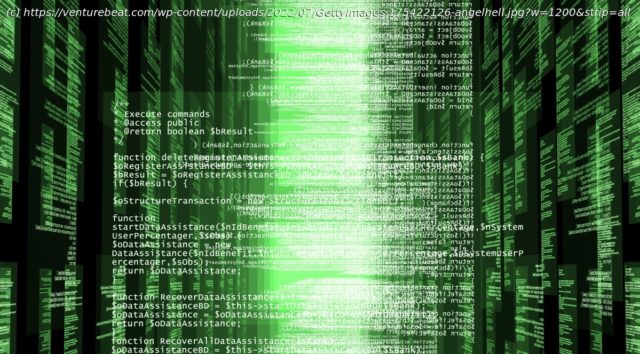HTML and XML are structural foundations of every website or application. It is crucial that developers learn — and master — both.
Markup code, or markup language, is basically a set of words and symbols created by the computer industry with the goal of helping to process, organize, and present information, as well as to inform the computer on how to interpret a document.
As opposed to other programming languages, markup languages are both user-friendly and machine-friendly. Generally, they include standard words in a syntactical way that allows them to be easily understood by the reader. Although a number of different markup languages exist, HTML and XML are two of the most commonly used markup languages.
In recent times, HTML and XML have become two of the most popular languages used across the internet. Due to their wide range of applications, advantages, and disadvantages, these languages can be used in a variety of different scenarios. Here, we will compare two of the most markup languages in various aspects.
Let’s take a look at data science scenario-based interview questions.
The Extensible Markup Language (XML), also known as the XML Schema, is a markup language for describing, formatting, transmitting, and reconstructing arbitrary data in a variety of formats. It outlines the rules for encoding documents in a way that makes them both machine-readable and human-readable. In terms of its dynamic nature, it serves as a means of transporting data, not for displaying it.
XML emphasizes simplicity, generality, as well as a degree of flexibility to operate across the Internet. While the XML is centered on documents, the language can also be used to represent any arbitrary data structure, including those used for web services. Users have the freedom to design their own tags in XML — they are self-descriptive.
Features of XML
What is HMTL?
HyperText Markup Language (HTML) is a standard language for web-based documents. It consists of a series of elements that wrap and enclose content, causing it to behave or appear in a particular way.
Using the enclosing tags, you can hyperlink words or images, italicize words, make fonts bigger or smaller, among other abilities.






